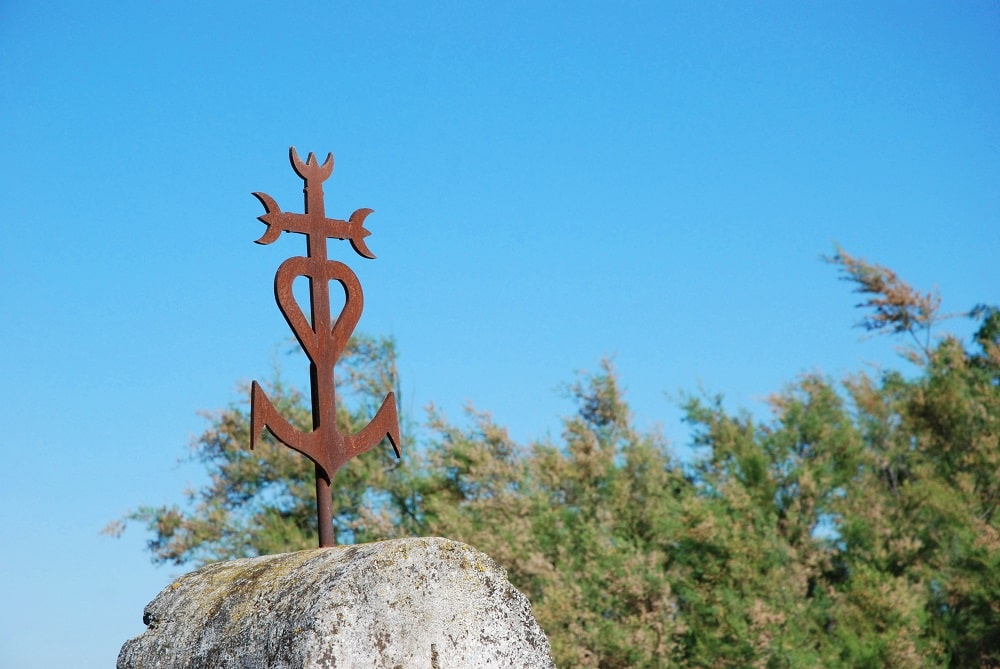Johnnythefox
Gold Member
- Joined
- Feb 16, 2017
- Messages
- 4,648
Pure class, so the French do have a sense of humour"Coujou(x)" (pumpkin in local), is the nickname of Brives' inhabitants. There's a famous song about his market. (english subtitles)
The BladeForums.com 2024 Traditional Knife is ready to order! See this thread for details:
https://www.bladeforums.com/threads/bladeforums-2024-traditional-knife.2003187/
Price is $300 $250 ea (shipped within CONUS). If you live outside the US, I will contact you after your order for extra shipping charges.
Order here: https://www.bladeforums.com/help/2024-traditional/ - Order as many as you like, we have plenty.
Pure class, so the French do have a sense of humour"Coujou(x)" (pumpkin in local), is the nickname of Brives' inhabitants. There's a famous song about his market. (english subtitles)
Hello,
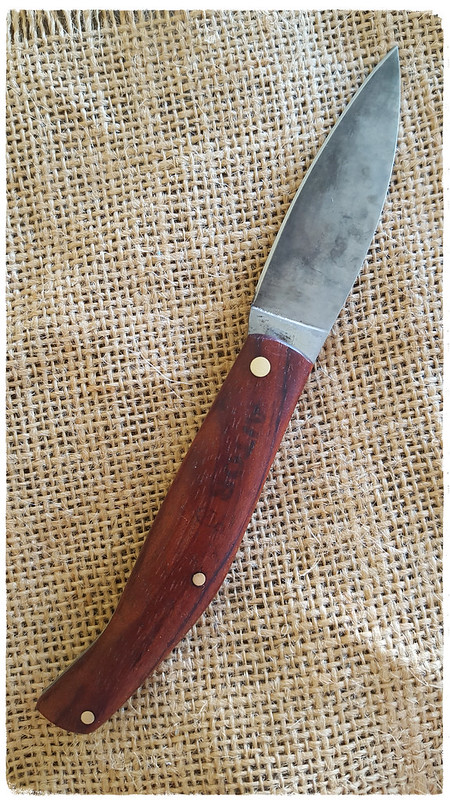
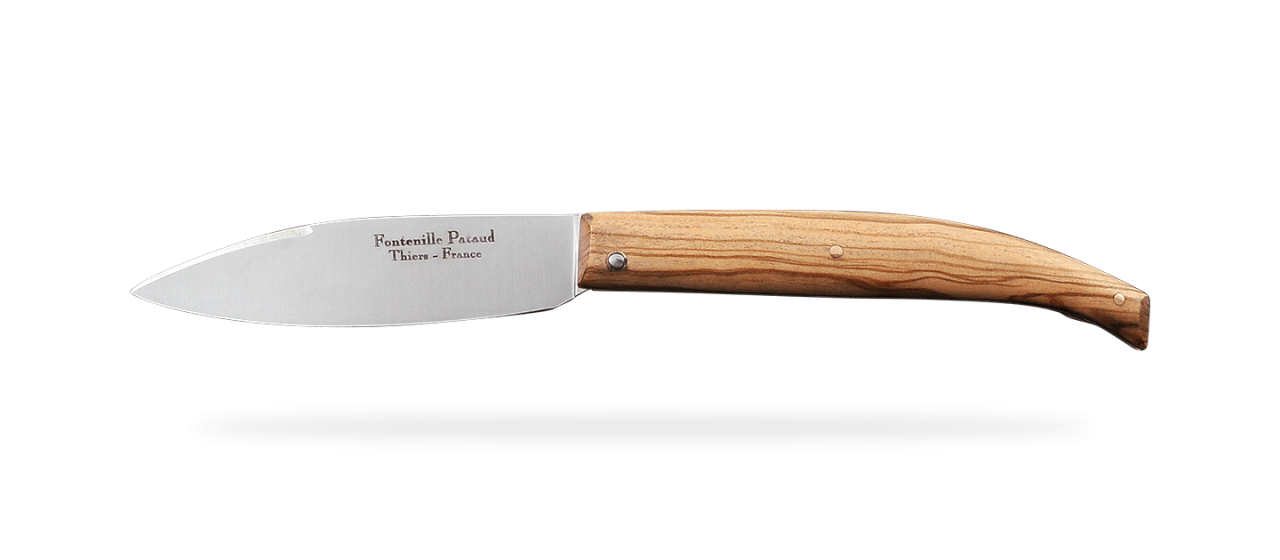
I have seen this knife before but had forgotten about it. It's made by a few different Spanish cutlers, the most popular probably being Pallares Solsona. I am sure that the Fontenille Pataud versions are much higher quality.Is anyone here familiar with the St. Amans knife? The reason I'm curious is that it bears a striking similarity to a popular Spanish pattern, which is made even today.

What I find very interesting is that it seems a humble knife through and through. Even Fontenille-Pataud's version is basic, foregoing the guillochage that is present on nearly all their offerings.

Couteau Saint Amans Olivier
Couteau pliant Saint Amans Olivier. Commandez dès maintenant votre couteau Saint Amans fabriqué artisanalement en France par Fontenille Pataud.www.fontenille-pataud.com
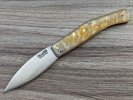

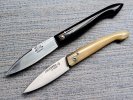
According to Lemasson, the St Amans, along with the Maïs and the Bonnet were created by a Mr Bonnet, from a smith family in St Amans-Valtoret since the XVIIIth cent.Is anyone here familiar with the St. Amans knife? The reason I'm curious is that it bears a striking similarity to a popular Spanish pattern, which is made even today.

What I find very interesting is that it seems a humble knife through and through. Even Fontenille-Pataud's version is basic, foregoing the guillochage that is present on nearly all their offerings.

Couteau Saint Amans Olivier
Couteau pliant Saint Amans Olivier. Commandez dès maintenant votre couteau Saint Amans fabriqué artisanalement en France par Fontenille Pataud.www.fontenille-pataud.com
This has been mentioned somewhere here before, but Pallares also makes another 'French' knife, which is a Capuchin style, the cheap plastic handled versions are called 'Gabacha'. In Spain, 'gabacho' is a derogatory name for French people. It is similar to Gringo here in the states. Although I have been called a gabacho on at least one occasion, more often I am called 'wero', which refers to someone with light skin but isn't considered derogatory.... Probably TMI.
I like mine very much. They are the sharpest and slicey-est knives I own, and surprisingly robust:This has been mentioned somewhere here before, but Pallares also makes another 'French' knife, which is a Capuchin style, the cheap plastic handled versions are called 'Gabacha'. In Spain, 'gabacho' is a derogatory name for French people.

I have seen this knife before but had forgotten about it. It's made by a few different Spanish cutlers, the most popular probably being Pallares Solsona. I am sure that the Fontenille Pataud versions are much higher quality.
View attachment 2123992
This has been mentioned somewhere here before, but Pallares also makes another 'French' knife, which is a Capuchin style, the cheap plastic handled versions are called 'Gabacha'. In Spain, 'gabacho' is a derogatory name for French people. It is similar to Gringo here in the states. Although I have been called a gabacho on at least one occasion, more often I am called 'wero', which refers to someone with light skin but isn't considered derogatory.... Probably TMI.
An example of the fancier version of the Gabacha, this was my first encounter with the Capuchin pattern, sorry I don't have a better photo at the moment. View attachment 2123993
Here are some 'authentic' Capuchins....View attachment 2123999
Interesting - I looked that town up on the map, and I passed just a few miles south of there on one of my treks back in the day.According to Lemasson, the St Amans, along with the Maïs and the Bonnet were created by a Mr Bonnet, from a smith family in St Amans-Valtoret since the XVIIIth cent.
I like mine very much. They are the sharpest and slicey-est knives I own, and surprisingly robust:

The one I re-handled is less elegant than the original, but I wanted a more filling grip because I like to use them for whittling and carving.
These are the biggest versions, with the 4” blade.
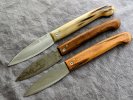
I really like the blade shapes on those Le Grats. There's a fixed blade knife that Savignac offers with that same shape, but it looks like they're all out. Pity.


There are patterns in every surrounding depts but seems the Aude is terra incognita to cutlers!Interesting - I looked that town up on the map, and I passed just a few miles south of there on one of my treks back in the day.
A little off topic, but would there be a knife pattern typical of the Aude? A capucin maybe?
Excellent news! Saves me from hunting down and purchasing another knife I don’t need…There are patterns in every surrounding depts but seems the Aude is terra incognita to cutlers!
In the Gard, some neo-regionals, the Nîmois, le Minot and the Camarguais. Never had any in hand.Excellent news! Saves me from hunting down and purchasing another knife I don’t need…
Now what about the Gard…
Thanks!In the Gard, some neo-regionals, the Nîmois, le Minot and the Camarguais. Never had any in hand.
If you go further South, there's Julien Baillon in Montpellier, but that's another country!
 .
.But the bolster stamps on the Carmarguais knives are the most desirable design I've ever seen!Thanks!
Again, looks like I dodged a bullet there - nothing really traditional, or within my budget.


"Huero" can also be spelled "güero", but you're right about "wero": not Spanish!Lol...you're such a huero Steve that you spell it W-E-R-O.

That's the Camarguaise cross uniting the symbols of Faith, Hope and Charity.But the bolster stamps on the Carmarguais knives are the most desirable design I've ever seen!
- GT
